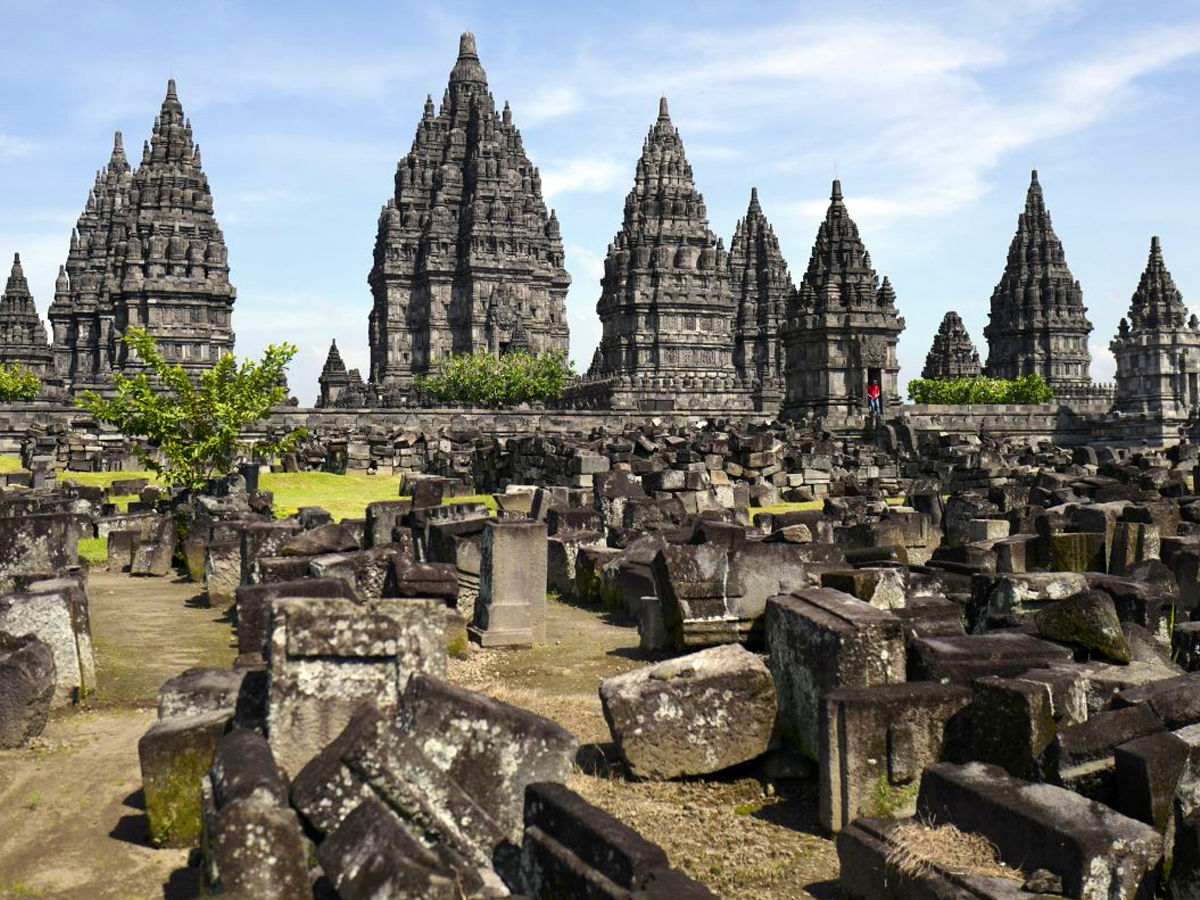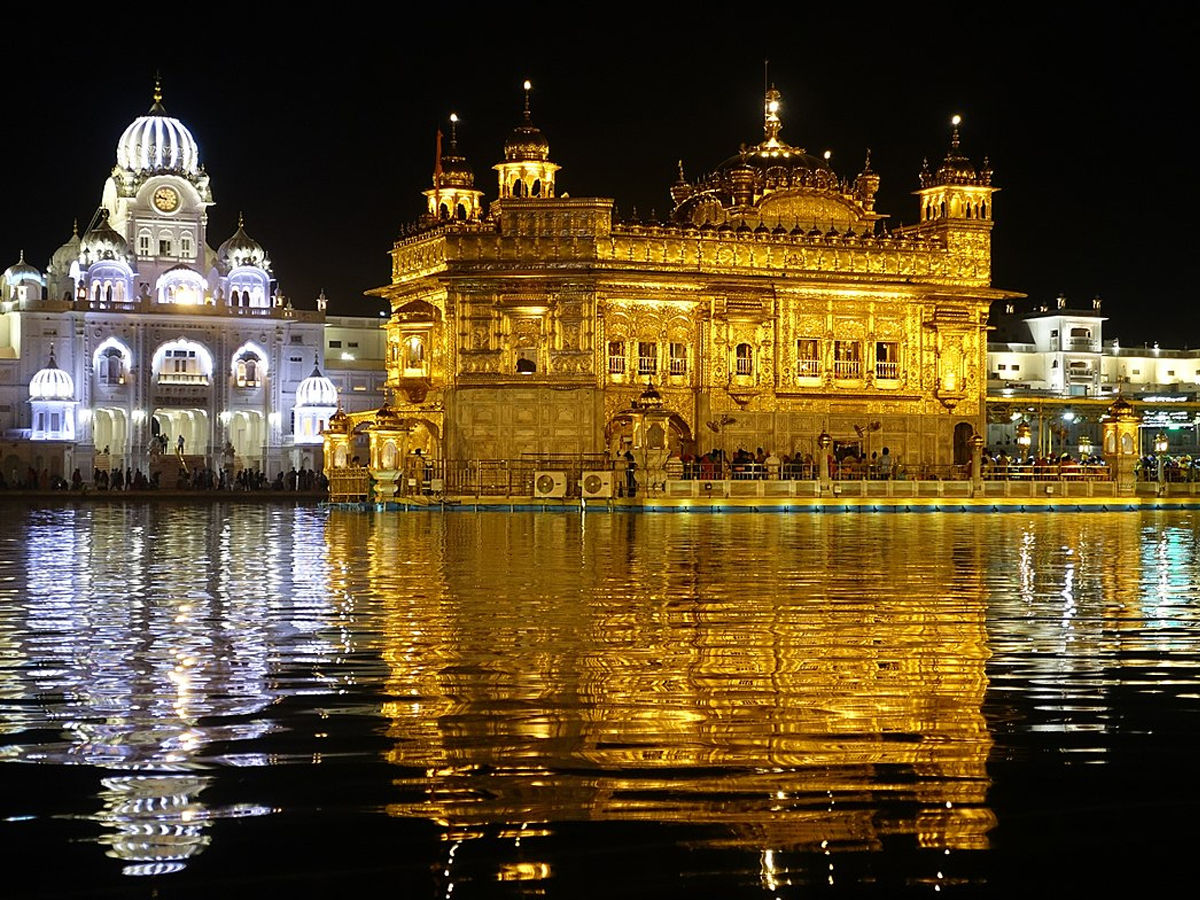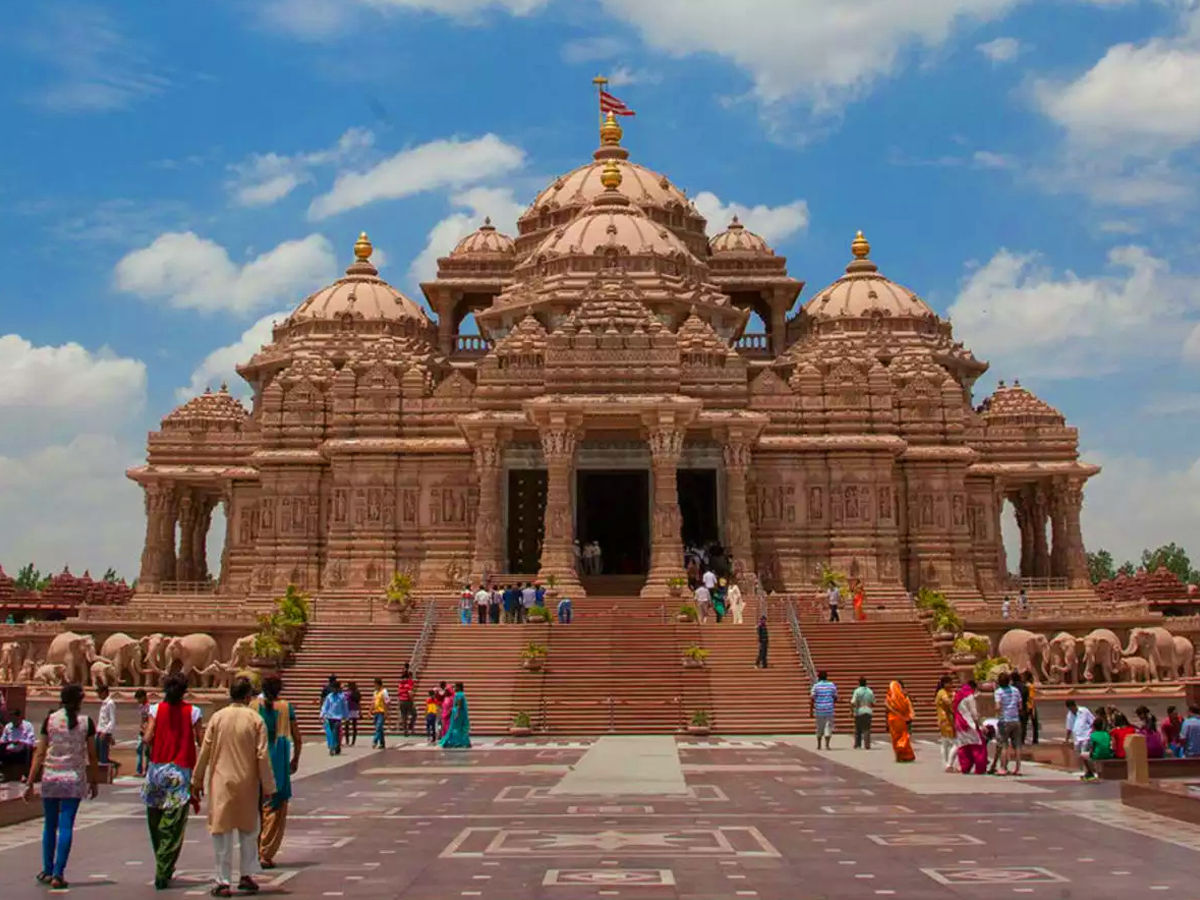There are nearly four thousand different faiths in existence across the globe, according to some figures. The precise number is depending on your religious meaning. Your definition can be seen to be fairly loose as it gets into the thousands. Somewhere about twenty might be a more reasonable figure, one that recognizes only the more important of the religions of the planet. Houses of worship are constructed for members of the religion, where they can assemble to pray, pledge, conduct ceremonies, or anything else the religion may need.
Prambanan Temple

Prambanan, built in the 10th century, is not one temple, but a compound composed of 240 temples. It is Java’s largest temple complex, dedicated to the three great Hindu deities that represent the celestial roles of creation, preservation, and destruction: the lord, Brahma, Vishnu, the preserver, and the destroyer, Shiva.
Stonehenge

The ancient stone circle known as Stonehenge remains cloaked in secrecy, even though it is one of the world’s most prominent landmarks. Stonehenge, built on the Salisbury Plain in Wiltshire, England, was built between 3000 and 1500 B.C. in various phases, ranging from the Neolithic period to the Bronze Age. Its monumental size means that Stonehenge was important to the ancient peoples who constructed it, but for millennia, the purpose of the monument has been the subject of widespread debate. Many figured Stonehenge was a Druid temple in the 17th and 18th centuries, founded by those ancient Celtic pagans as a place for their religious worship. Even if more recent historians have argued that Stonehenge actually predated the Druids by about 2,000 years, it is still used as a pilgrimage destination by modern-day Druidic communities.
Gawdawpalin Temple

A Buddhist temple located in Bagan, Myanmar, is the Gawdawpalin Temple. During the reign of Sithu I (1174–1211), the building of the pagoda began in 1203 and was finished during the reign of Htilominlo (1211–1235) on 26 March 1227. Gawdawpalin Temple is the second tallest temple in Bagan, at 55 m (180 ft). The temple is two floors tall, similar in layout to the Thatbyinnyu Temple, and comprises three lower terraces and four upper terraces. During the 1975 earthquake, the temple was badly damaged and was rebuilt in the years that followed. The Temple of Gawdawpalin belongs to the Hollow Gu-type temple style. The hollow gu-style temple, in contrast to the stupas, is a building used for meditation, Buddha devotional worship, and other Buddhist rituals.
Medinet Habu

It was no doubt an impressively intimidating structure in its heyday. It seems now, however, that a four-year-old should have built it on a sandy beach. Okay, a four-year-old with reasonably advanced expertise in architectural design, and a paintbrush is pretty sweet, but the argument is that it’s not what it once was. The site is adjacent to the Kings Valley and is the Ramesses III mortuary temple, built in honour of his reign.
Taktsang Palphug Monastery

More widely known as the Tiger’s Nest, the temple complex of Paro Taktsang is situated on the side of the cliffs in the upper Paro valley of Bhutan. If you have not caught on to the fact that sacred meaning is kept by the number 3, this is the monastery that will really remedy that. It is constructed around the cave site where Guru Padmasambhava is said to have spent three years, three months, three weeks, three days, and three hours meditating. The non-insignificant feat of spreading Buddhism to Bhutan is attributed to Mr Padmasambhava.
Golden Temple

The Golden Temple is a gurdwara, a place of worship for Sikhs, which simply means the entrance to the guru. This is considered to be one of the holiest locations of Sikhism since the Adi Granth was built here, the first version of what is actually the Sikh equivalent of the Bible, the Guru Granth Sahib. Per day, more than 100,00 people worship at the Golden Temple.
Abu Simbel

Abu Simbel’s two temples are monuments to Ramesses II and Nefertari, his queen. Built to celebrate his triumph at the Battle of Kadesh, they were cut out of the mountainside, probably the greatest chariot battle ever waged, involving about five or six thousand chariots. The temples were broken into large blocks during the 1960s and relocated to prevent destruction from the rising waters caused by the Aswan Dam, about 200 miles away.
Mahabodhi Temple

Sometime about 530 BC, under what was then called a peepul oak, a weary Siddhartha Gautama sat down. Three days and three nights later, he achieved enlightenment without waking up. Then he changed his name to Buddha, and the rest is history, as they say. The Mahabodhi Temple marks the site of the incident, and the tree where Siddhartha meditated, now called the Bodhi tree, is on its western side.
Swaminarayan Akshardham Temple

Akshardham, perched on 59 acres of holy turf, is said to be the world’s largest Hindu shrine. New Jersey, though, is presently focusing on a bigger one. Akshardham means the forever residence of the supreme King because this is where he lives if you are always looking for the one true god. It was only completed in 2005. The complex incorporates attributes that you would not hope to see in a temple. There’s a cinema, a fountain of music, lifelike robots, and a food court, just to mention a couple of the sights.



























